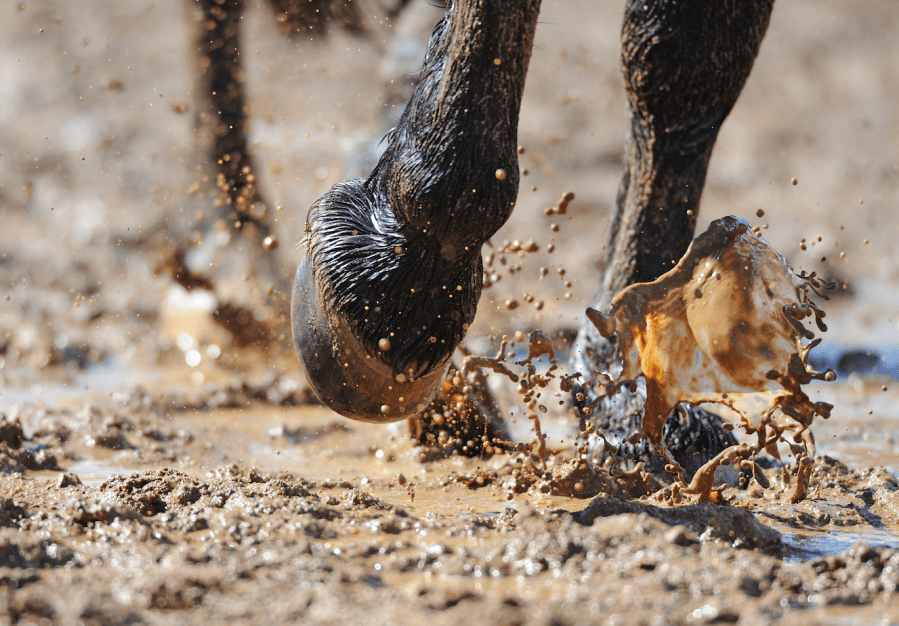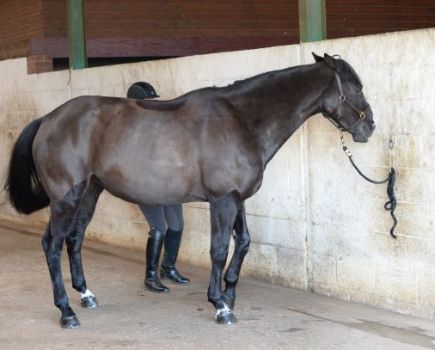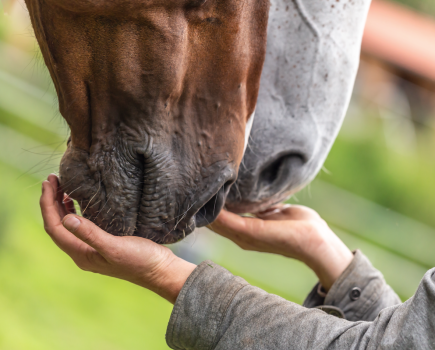Pastern dermatitis — also known as mud fever, cracked heels, or greasy heel — is a common horse health issue that affects the lower leg. While it is more prevalent in winter, it can occur all year round, particularly in heavily feathered equines with white socks and pale skin.
The name mud fever is misleading as it doesn’t actually need mud to occur, just wet conditions, and it is caused by a number of bacterial or fungal infections. These bugs or fungi are normal inhabitants of a horse’s skin, but persistent wetting of the epidermis (this is the top layer of skin) causes damage, letting in infection.
Identifying mud fever
If your horse is affected by mud fever, you will be able to spot crusty lesions on the back of their pastern and down to the heel. These can be very sore, even leading to lameness in severe cases.
Mud fever is often the result of horses spending too long standing in wet conditions, with the wet damaging the skins natural protective barrier.
It’s a pain to tackle once it’s set in and so prevention is always better than cure.
“If your horse gets mud fever early on in the winter, you’ll have a long battle ahead of you as you’ll be constantly fighting the environment,” says equine vet Hazel Clewley. “Try to prevent it as much as possible by keeping your horse’s legs dry and not letting them stand for too long in wet conditions.”
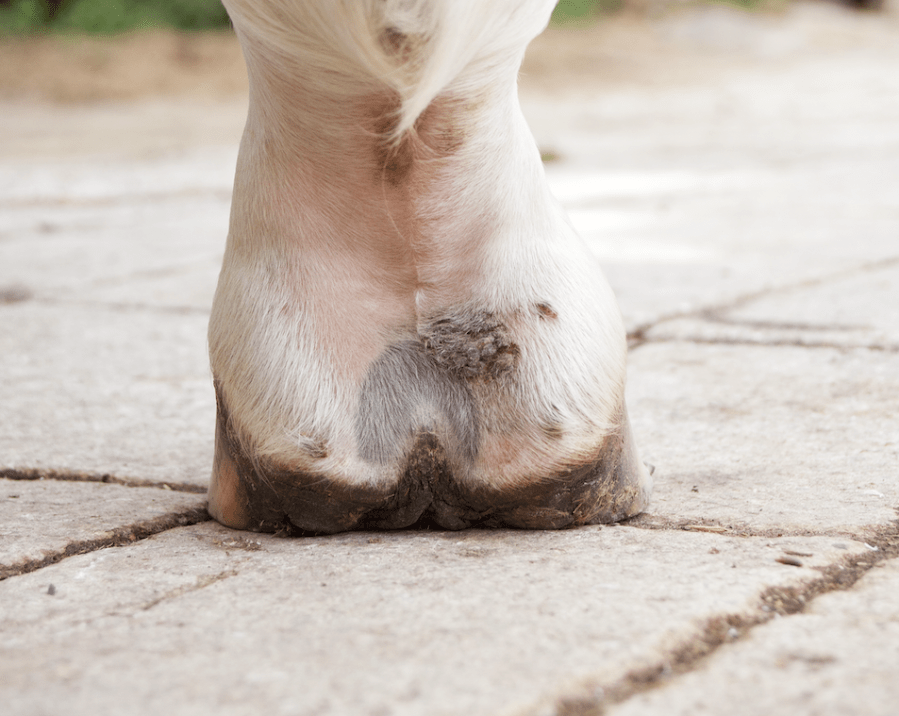
Should muddy legs be washed?
Traditionally, horse riders and owners have discovered different ways to reduce the chances of mud fever occurring, and success will depend on the individual horse as well as how the owner tackles the problem.
“Some people think that the best way forward is to wash off the legs and dry them when the horse comes in for the night, while others prefer to let the mud dry on the legs and brush it off in the morning.
“You should do whatever works for you, although my preference is to wash the legs and dry them off. Pat them dry, though, and don’t rub, as you could further irritate the skin,” advises equine vet Ben Curnow, a lecturer in equine practice at Liverpool University’s equine vet school Leahurst.
“When a horse’s legs get wet or sweaty they become a breeding ground for bacteria, the skin swells, you get little folds and the infection proliferates, so the application of a mud barrier cream can also be effective,” adds Ben. “The old staples like pig oil and sulphur seem to work well, too, to stop damage to the horse’s skin.”
Ben also suggests clipping off any excessive feathers around the fetlock and washing legs weekly with an anti-dandruff shampoo to keep the skin in good condition.
The Royal (Dick) School of Veterinary Studies recommends a 50:50 mixture of baby oil and vinegar sprayed onto the legs after washing and drying as a preventative mud fever measure. The baby oil stops the skin becoming chapped and the vinegar changes the skin’s pH, making it less hospitable for organisms.
How to treat mud fever
Treatment for mud fever depends on the cause, but in most cases, explains Ben, care tends to be “old school”.
“Wash the legs with warm water and an antiseptic, such as Hibiscrub, or your vet might prescribe Malaseb Shampoo,” he says. “You need to open the hair follicles with the warm water, soften and remove the scabs and when the legs are dried off apply something antibacterial and soothing like Sudocrem.”
You may have heard of (or seen) a leg affected by mud fever being wrapped with cling film after washing with warm water, which can make removing the scabs easier and less painful for the horse.
Ben recommends doing this, although don’t live the cling film in place for too long. In severe cases of mud fever, however, antibiotics or topical steroids may be required and so it is important to call your vet.
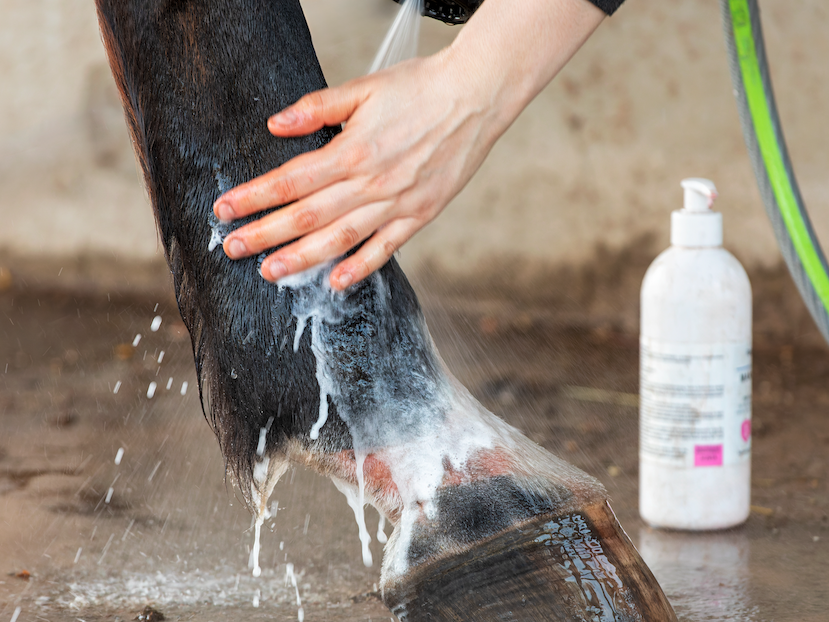
Horses with feathers: remove or leave on?
Horses with feathers and whether to leave them on or remove them in order to prevent mud fever is a source of great debate. If your horse is blessed with hairy legs, do what you think is best for them.
“For many horses, the feathers act as a kind of natural protection. The water gets funnelled away from the skin, forming a defensive layer,” reasons Hazel, who is a vet at Western Counties Equine Hospital.
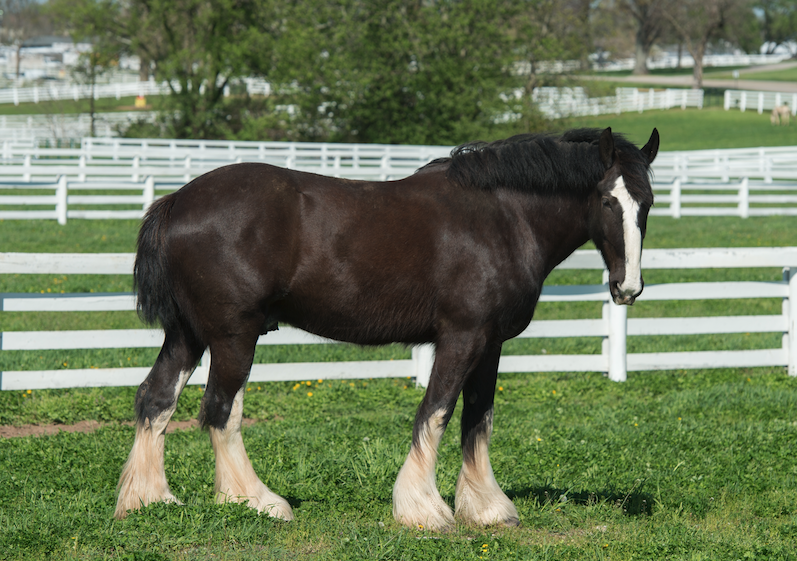
“If your horse has lots of feather and comes in from the field wet, personally I would let the legs dry and then brush off any mud afterwards because you want to avoid getting them any wetter.”
When you have brushed the mud off the feathers, gently part the hair and check that no mud (or wet) has made its way to the skin and there is no sign of any damp or the start of mud fever.
If there isn’t, the feathers are doing a good job of acting as a barrier; if there are signs, you’ll need to thoroughly clean and dry all the way down to the skin. This situation is when some owners may consider trimming the feathers down.
Signs of mud fever
Symptoms of mud fever can vary from horse to horse, but early signs to look out for might include swelling, or the legs filling or feeling hot.
If your horse hasn’t got much coat and has pink skin, you may notice their skin looking a deeper pink, or even red. Mud fever will then progress to the classic signs of painful scabs, or the hair around the legs looking matted.
In a 2022 survey, mud fever was found to be one of the top health issues suffered by horses. More than 45 percent of the 993 owners who completed the survey had horses that had suffered a health problem, as opposed to an injury, that required box rest and/or veterinary treatment. Find out more about the study’s findings here.
Make sure it’s mud fever
The early stages of the condition chronic progressive lymphedema (CPL) — which also affects heavily feathered horses — can present very much like mud fever, according to Ben Curnow.
Affected horses end up with thickened lower legs, with skin folds and lumps which are prone to bacterial and parasitic infections. Anyone concerned by such symptoms should always consult their vet.
Several other conditions can also look like mud fever, including mite damage, allergies, fungal infections and auto-immune disorders. So if your horse isn’t responding to your mud fever prevention and management routine, again, call your vet.
Tips to prevent mud fever in horses
The golden rule is to keep your horse’s legs free of mud. More importantly, make sure legs are always dried thoroughly after getting wet. This doesn’t just include coming in from a muddy field: after washing a horse or riding them and coming home with wet legs, you need to dry them.
- Provide plenty of deep, dry bedding for stabled horses, which helps to dry legs and keep them warm.
- For horses who are turned out, provide them with somewhere dry to stand so that they can get out of the mud.
- If stabled, leave the area in front of the door clear of bedding — ie the area where they spend most of their time looking out — so that it stays dry.
- Limit the amount of time your horse stands in wet, muddy conditions. Gateways are common high-risk areas, so try to limit the amount of time they hang around there by getting them in slightly earlier.
- Never put bandages on wet legs, as this may cause the leg to heat up and speed up damage to the skin.
Wet fields
If you provide hay in the field, place it in different areas every day so that the grass around it becomes less churned up in wet weather.
For paddocks that are excessively boggy, you may want to investigate what’s causing this as it could be a sign of bad drainage. Of course, it does sometimes just rain a lot! Make sure ditches aren’t overgrown or blocked and preventing water draining away from the field.
Consider fencing off gateways and particularly muddy areas. If you can, rotating the paddocks you use will help too so that they have time to rest and don’t become overly poached.
Your Horse tester Allison tried a Ruff and Tumble Drying Mitt to see how effectively it dries wet legs and thought it did a good job. See what else she thought here.
All images: copyright Shutterstock

